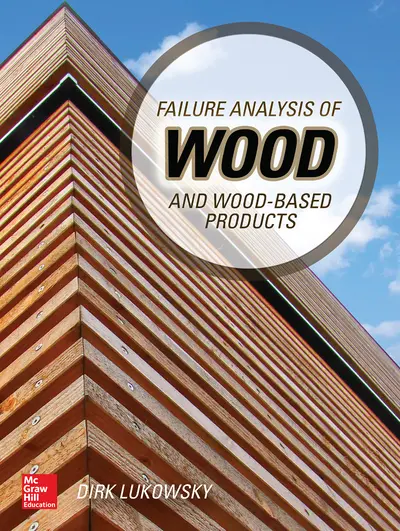My Account Details

ISBN10: 0071839372 | ISBN13: 9780071839372

Step 1 . Download Adobe Digital Editions to your PC or Mac desktop/laptop.
Step 2. Register and authorize your Adobe ID (optional). To access your eBook on multiple devices, first create an Adobe ID at account.adobe.com. Then, open Adobe Digital Editions, go to the Help menu, and select "Authorize Computer" to link your Adobe ID.
Step 3. Open Your eBook. Use Adobe Digital Editions to open the file. If the eBook doesn’t open, contact customer service for assistance.
Publisher's Note: Products purchased from Third Party sellers are not guaranteed by the publisher for quality, authenticity, or access to any online entitlements included with the product. PRACTICAL, PROVEN METHODS FOR WOOD FAILURE ANALYSIS Written by an expert in the field, this authoritative resource presents tested techniques for conducting in-depth, professional investigations of failures involving wood and wood-based products. The book offers a detailed look at the various causes of damage to wood, includingmaterial characteristics, design and conditions of use,and chemical influences. State-of-the-art forensic analysis methods such as tracking of relevant features, physical and chemical analysis, and microscopy are provided. This comprehensive guide shows you how to conduct efficient, costeffective,and reproducible wood failure investigations on site and inthe laboratory and deliver accurate findings and conclusions. Failure Analysis of Wood and Wood-Based Products covers: Investigation strategy Methods of investigation Interpretation of features and distributions Examples of failures
Need support? We're here to help - Get real-world support and resources every step of the way.